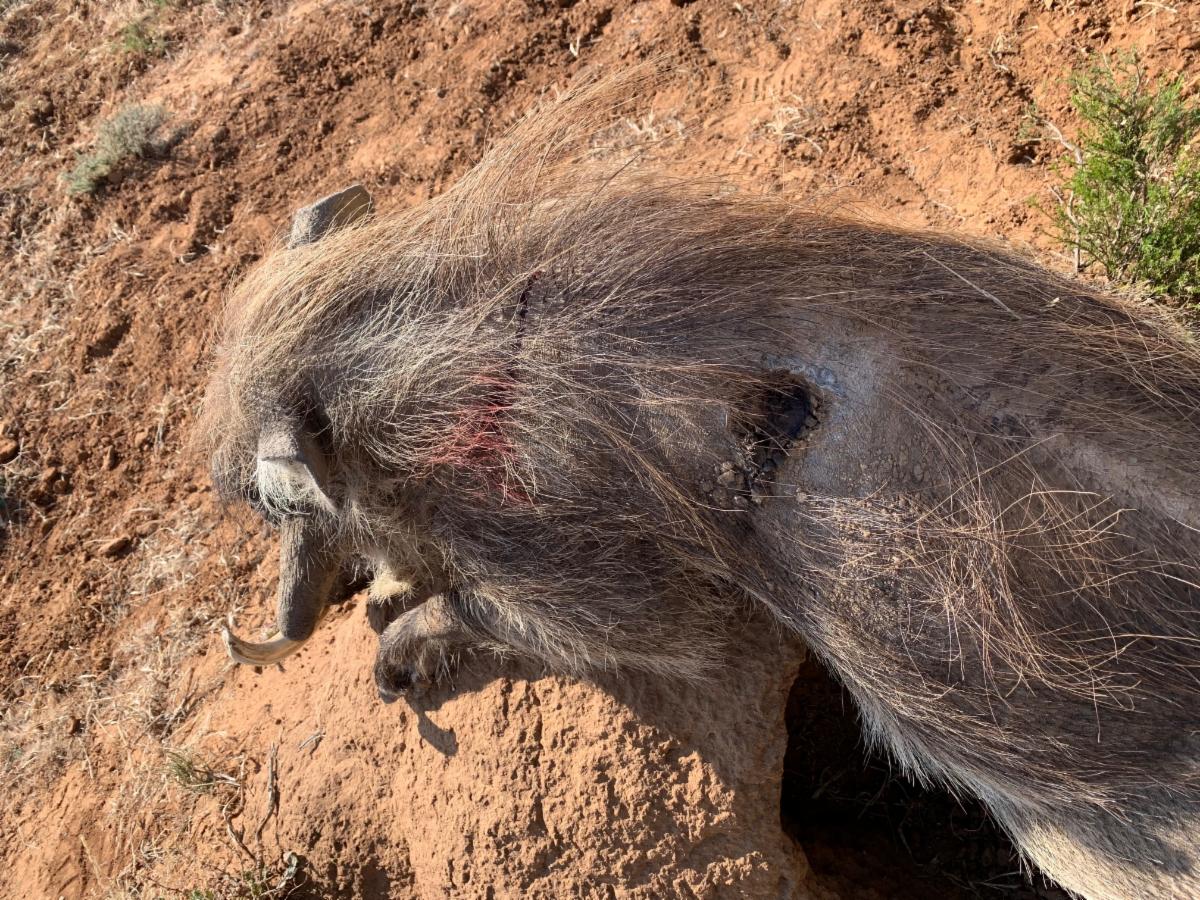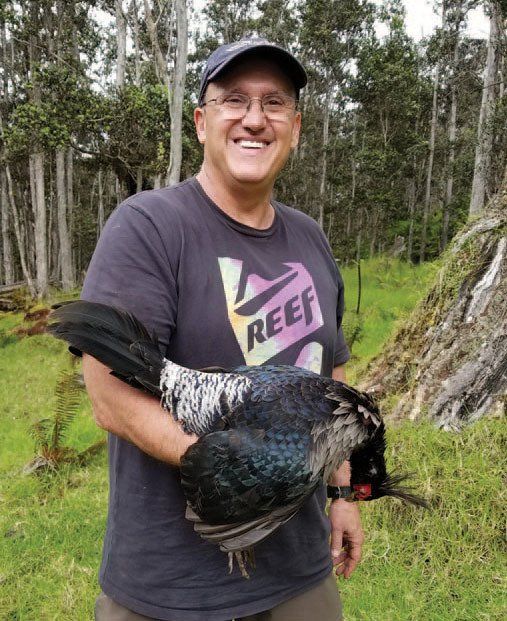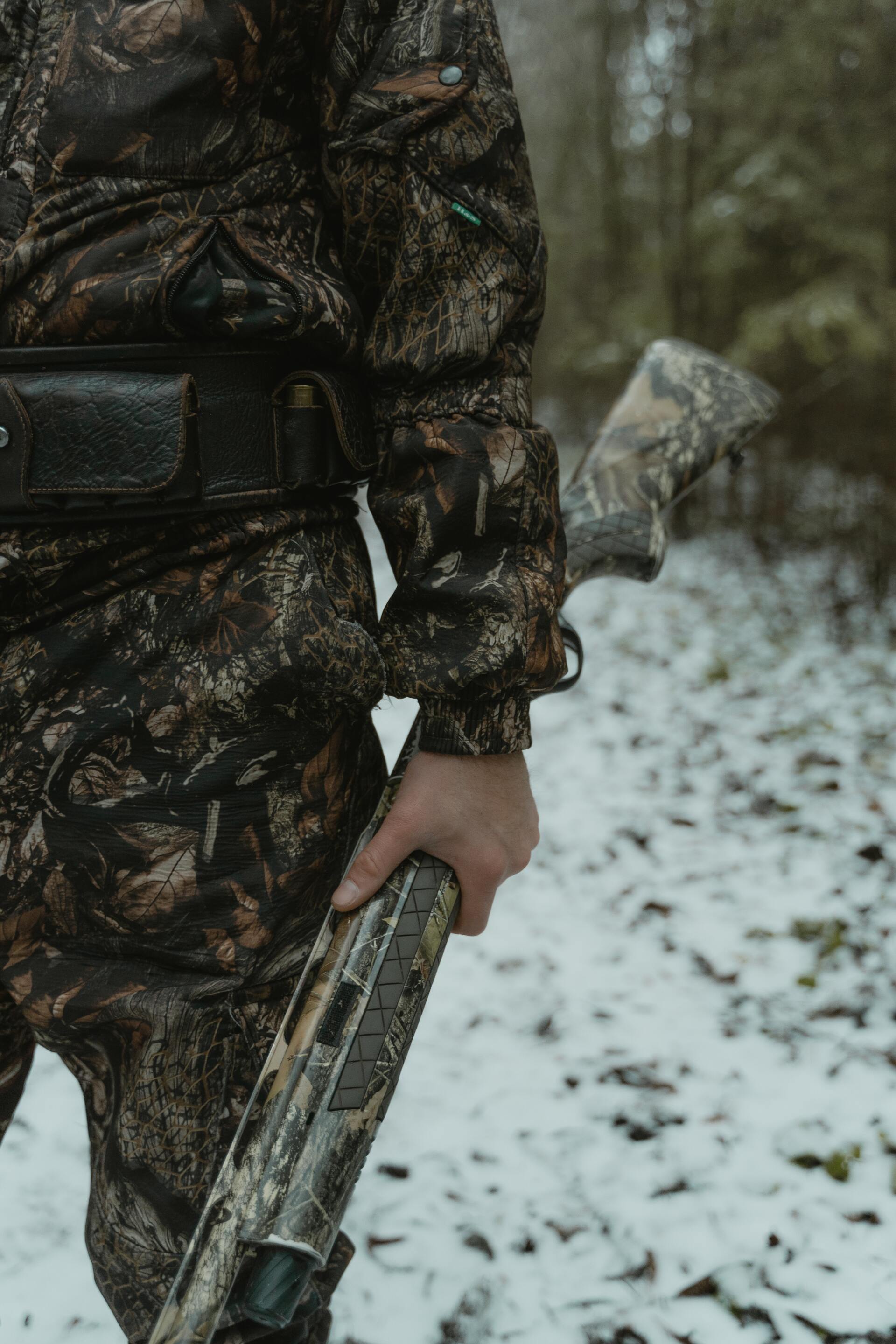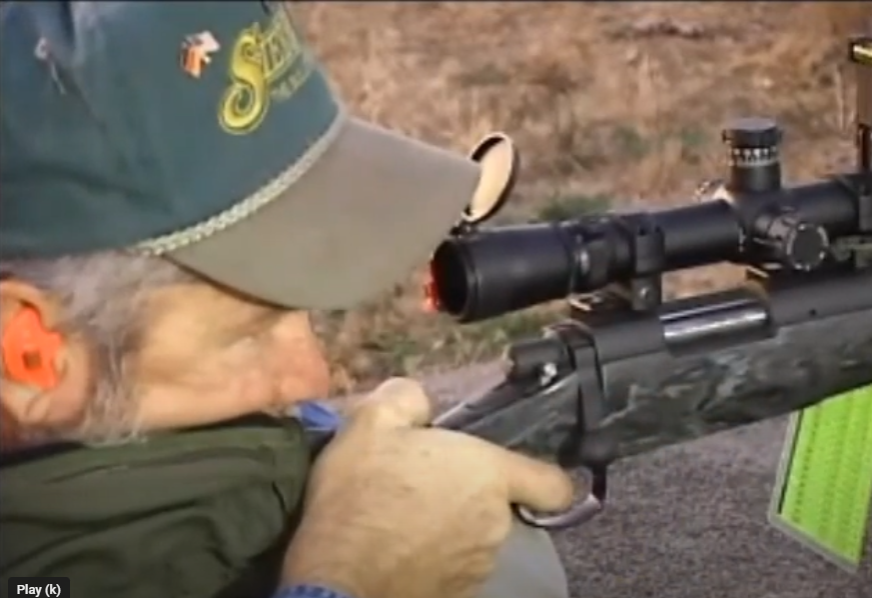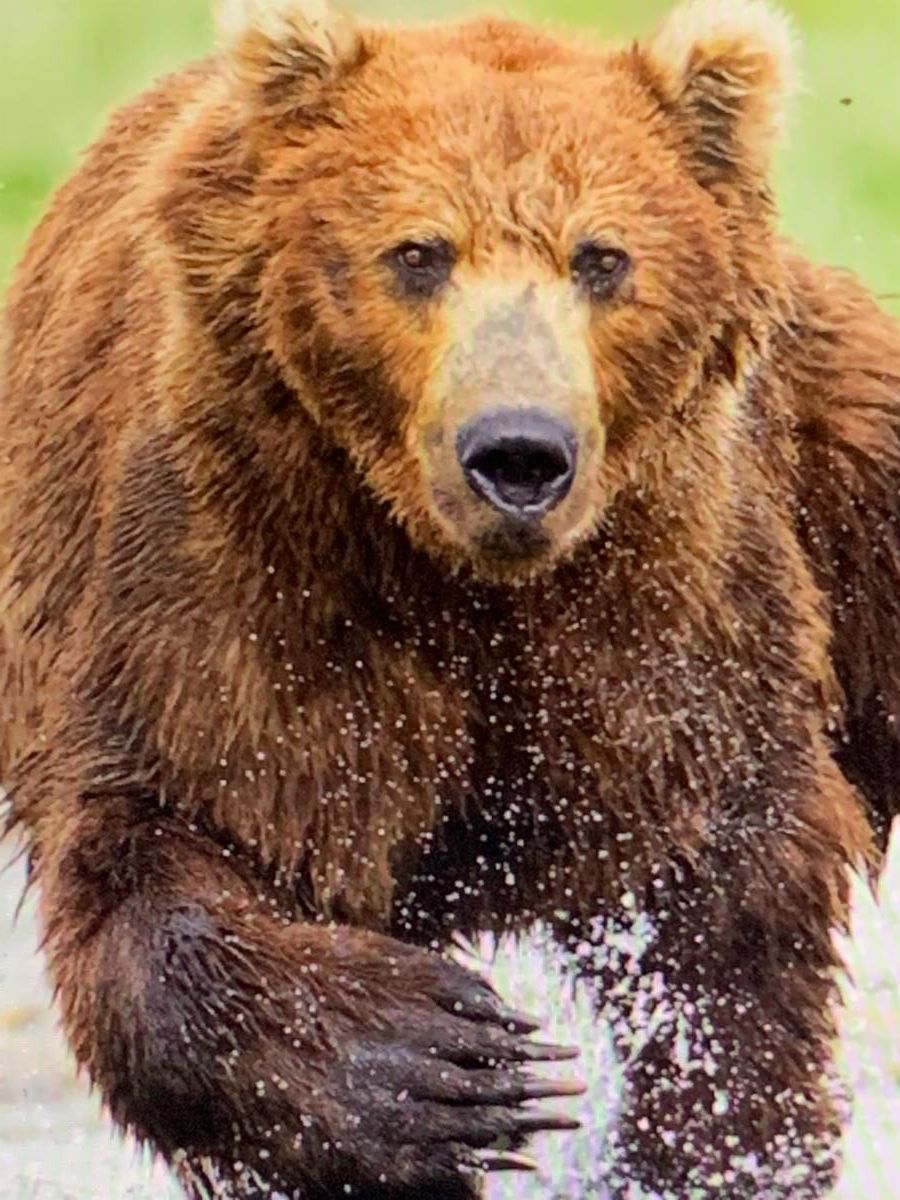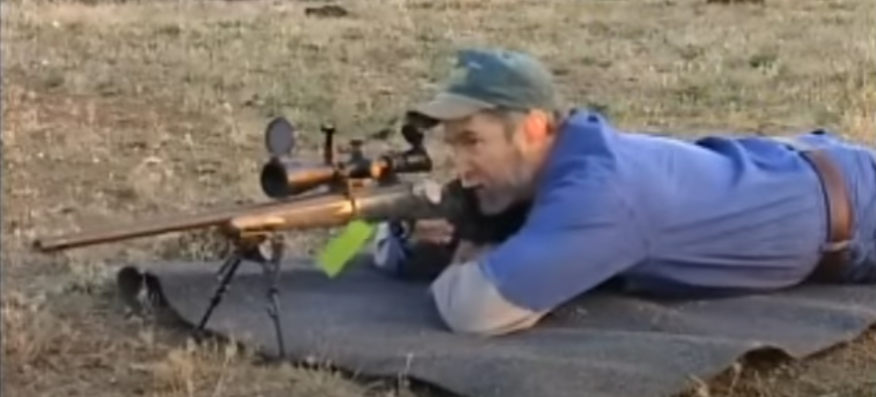Montana SCI to Donate Bear Trap to Wildlife Services
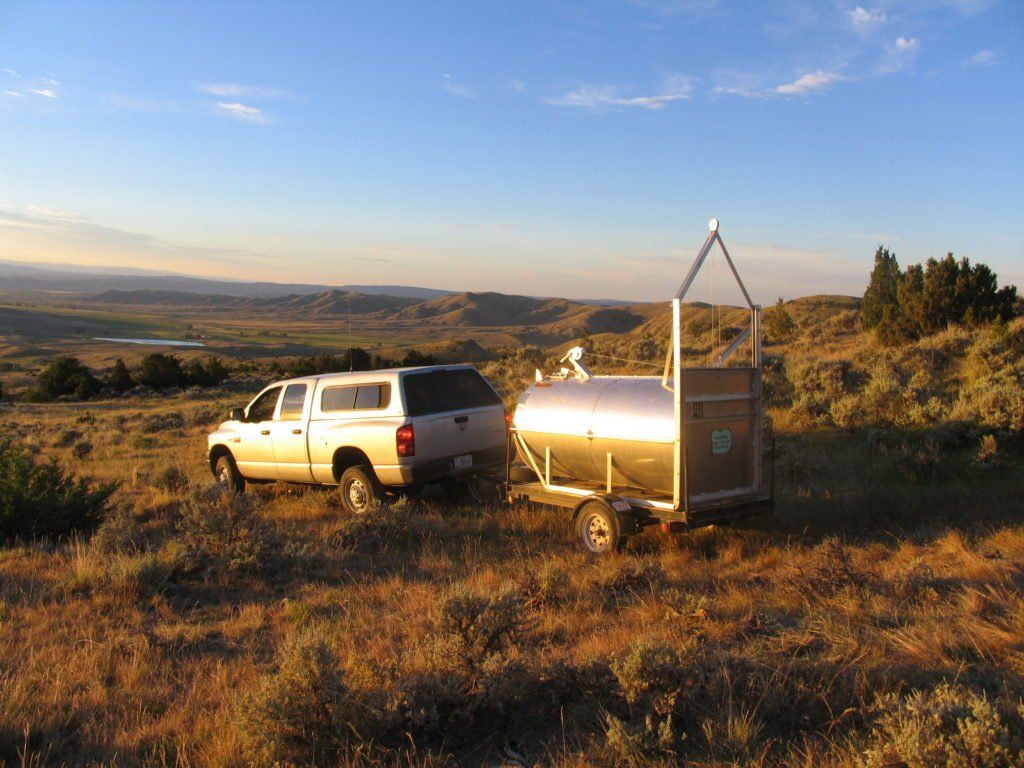
The Montana Chapter of Safari Club International is proud to announce the lending /donation of a grizzly bear live trap to the U.S. Wildlife Service. The live trap will be used to help alleviate the rapidly increasing numbers of human/grizzly bear encounters over the past several years.
“One of the pillars of SCI’s foundation is wildlife conservation,” said Tex Janacek, President of the Montana SCI Chapter. “Grizzly bear/human encounters are escalating at a substantial rate, causing real problems for outdoor Montana residents and grizzly bears. Our goal with the donation of this culvert trap is to help reduce these conflicts.”
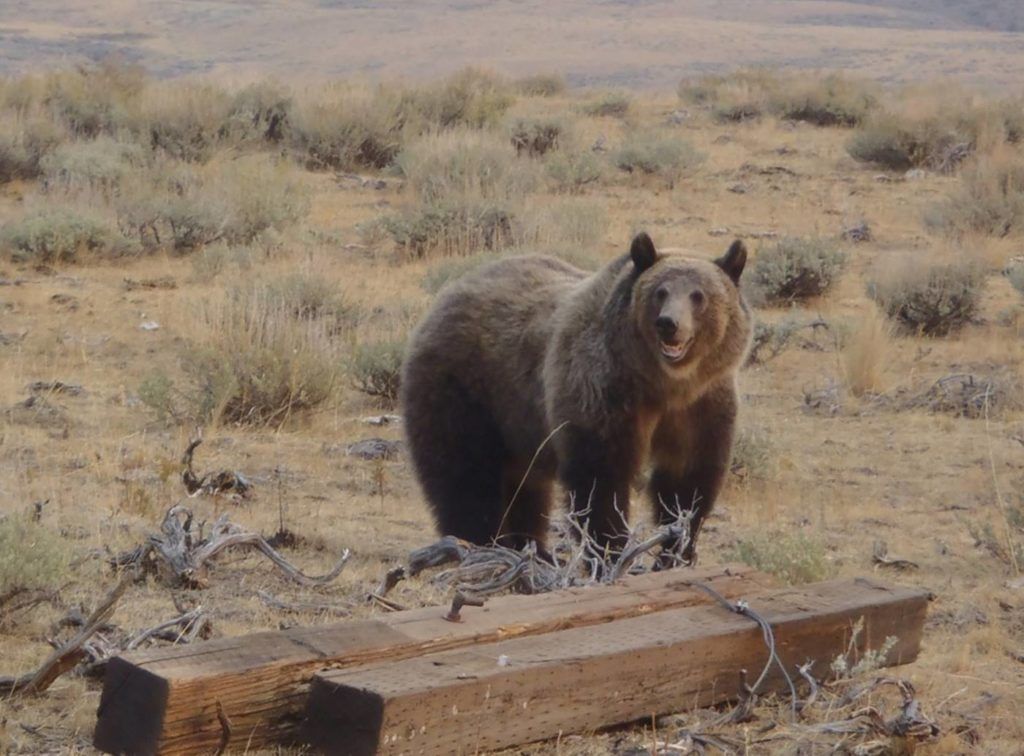
On May 13, 2019, during its annual Lobby Day on Capitol Hill, SCI members advocated support for two bills asking the Department of the Interior to reissue previous grizzly bear delisting orders. The bills, H.R. 1445 and S. 614, both titled the “Grizzly Bear State Management Act of 2019,” were introduced jointly by Rep. Liz Cheney (R-WY) in the House, and Sen. Mike Enzi (R-WY) in the Senate earlier this year.
“The Fish and Wildlife Service proposed delisting grizzly bears in 2016, but the issue has become bogged down by lawsuits,” said Joe Mancuso, public relations chair for Montana SCI. “As Montanans helping other Montanans, we hope this stop-gap solution will help reduce grizzly/human conflicts as well as the dangers and complications that arise from these encounters.”
Grizzly bears were listed as an endangered species in 1975. Since then, their population in the greater Yellowstone ecosystem has increased by 400 percent. With grizzly bears now wintering on prairie river banks in Montana, the number of human/bear conflicts has skyrocketed while agency budgets remain largely unchanged. This leaves the U.S. Fish & Wildlife Services and Montana Fish, Wildlife & Parks strapped for resources. As population numbers increase, top apex predators like grizzly bears compete for food sources in a fixed-size environment. The adolescent and post prime animals end up ranging farther and farther out on the prairie; and into garages, barns and backyards.
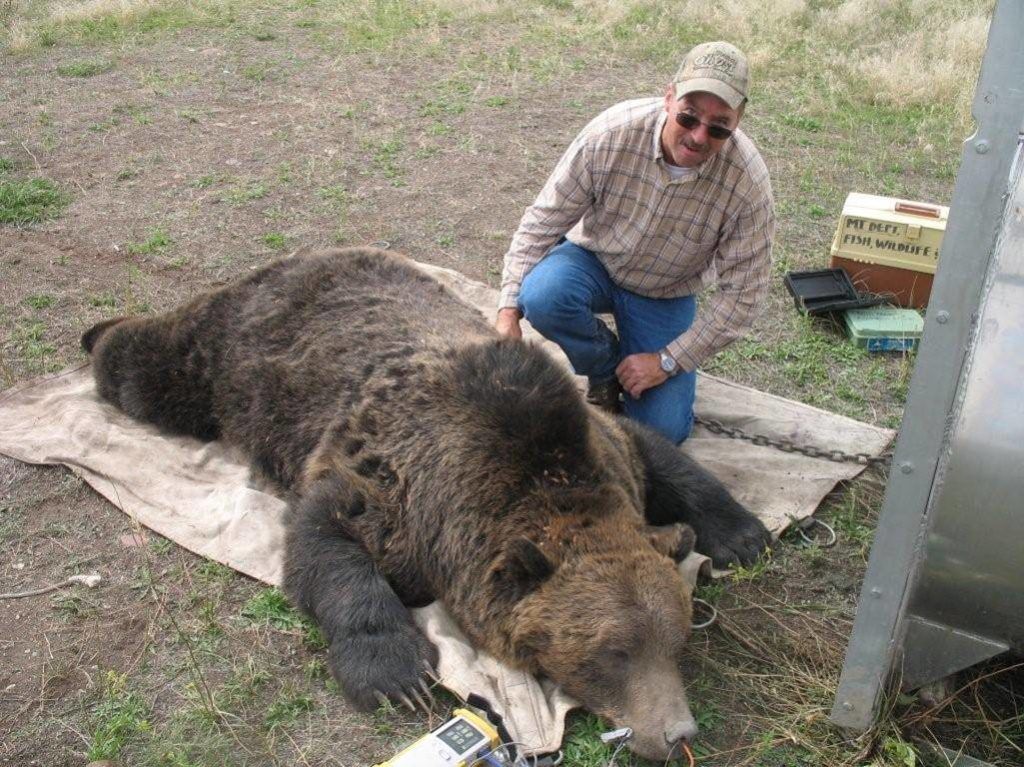
The live trap, called a culvert trap, is being made by Teton Welding of Choteau, Montana.
John Steuber is the Billings-based Montana Director and Supervisory Wildlife Biologist with the United States Department of Agriculture’s Animal and Plant Inspection Service. “The portability is what makes this trap so useful,” he said. “We can transport it to wherever it’s needed.” Steuben said his office will transfer each trapped bear to the U.S. Fish and Wildlife Services and the Montana office of Fish, Wildlife and Parks. Those offices will decide the final disposition of the bear, either euthanasia or relocation.

